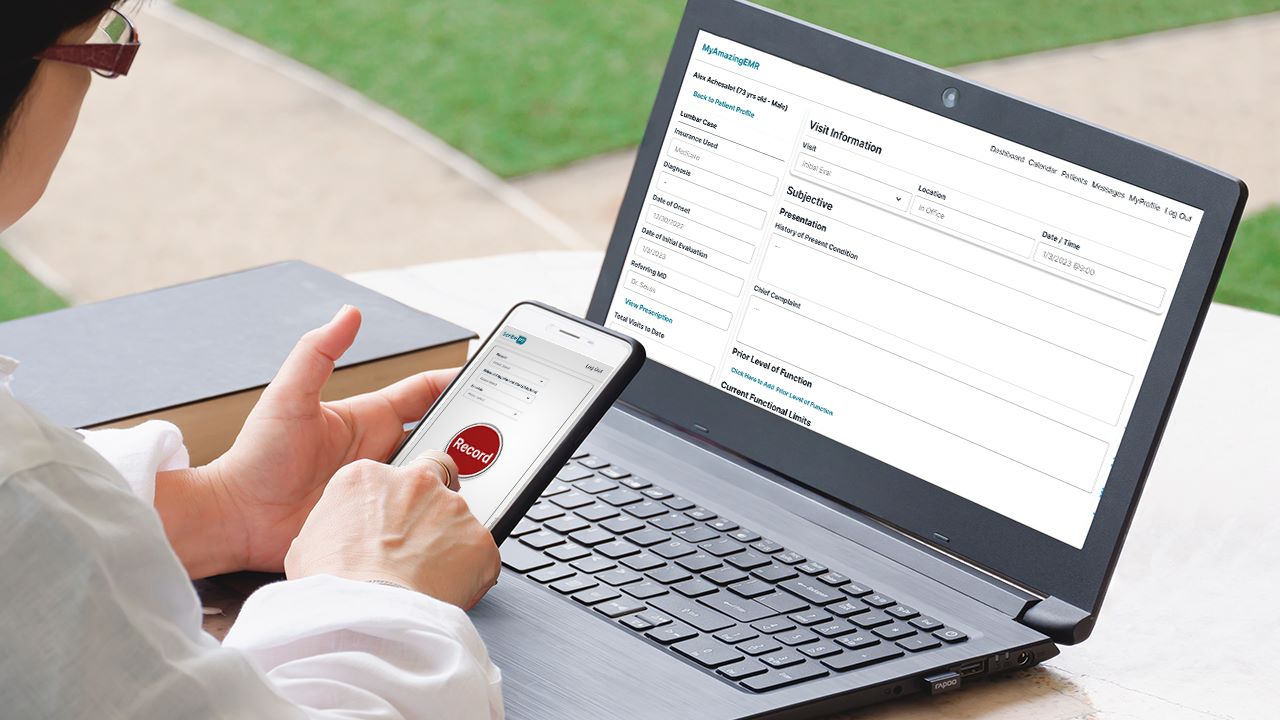Nowadays, technology permeates many aspects of our lives. Socializing, communications, businesses; almost everything relies on technology to run smoothly. Physical therapy and healthcare, in general, are no exception. In fact, healthcare today runs on a system known as “interoperability.”
But what is it, and why is interoperability important in healthcare? Here’s everything you need to know.
What is Interoperability?
Interoperability is a system that allows healthcare data, systems, and applications to be stored digitally and used in a coordinated manner. Through interoperability, a patient’s medical records can be accessed seamlessly. This benefits many sectors in the healthcare industry as it allows diagnoses to be optimized, resulting in improved patient care and increased patient satisfaction.
The Importance of Interoperability in Physical Therapy
It makes patient data flow more seamless
Interoperability allows physical therapists to collect more accurate reports of their patient encounters and disperse them to any eligible healthcare provider. Through this data-sharing method, physical therapists can access a patient’s medical history. This data could include notes from a patient’s previous sessions or any prescribed medication.
By putting a patient’s medical records through such a system, physical therapists can reduce the time spent asking patients about their medical history. With interoperability, patient data flow has become more seamless than ever.
Allows accurate reports that increase patient safety
So why is interoperability important? Interoperability is vital in physical therapy because it can help increase patient safety. In fact, according to a 2020 Forbes article, around 84% of hospitals in the United States have adopted interoperability technology. Input errors can easily be avoided when creating patient records using interoperable medical devices. As a result, health risks that can occur due to incorrect medical information can be avoided.
Another example of the benefits of interoperability traces back to when the COVID-19 pandemic was at its most rampant. During the pandemic, patients who were in need of physical therapists found it challenging to visit clinics and hospitals. This was because hospitals and clinics were brimming with COVID patients. Additionally, people were reluctant to leave their homes for fear of catching the disease.
The solution to this was the use of interoperable medical devices. Through these devices, patient safety was retained during the pandemic. This is because it allowed patients to wirelessly transmit their healthcare information to physical therapists and receive diagnoses and treatments from the safety of their homes.
Increases efficiency of clinics and hospitals
A benefit of seamless patient data flow is that it allows medical facilities to make a collection of public health data. By using interoperability to compile public health data, the spread of contagious diseases can be tracked and predicted. By tracking diseases through patient data exchange, hospitals and clinics can remain one step ahead of the disease. This lets them limit the spread of diseases while increasing the efficiency of patient treatment.
Interoperability can also be used to track non-contagious diseases. Instead, healthcare workers can use interoperability to predict long-term health trends. This is an excellent help to physical therapists, who could use it to create strategies to prevent their patients from suffering from poor physical health.
If you're looking for an interoperable medical tool to simplify your physical therapist's job, turn to ScribePT. ScribePT is a medical documentation tool that helps physical therapists document patient sessions more efficiently. You can learn more about ScribePT by contacting us or requesting a demo here!

